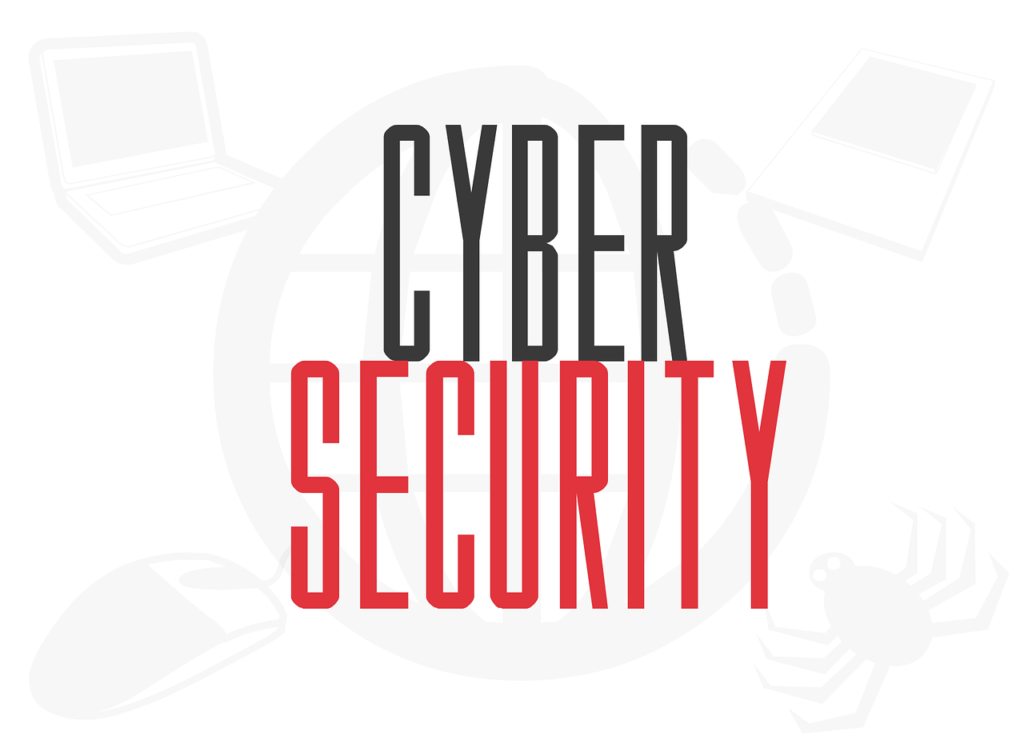Introduction
Cybersecurity Tools and Techniques. In an age where digital landscapes are expanding exponentially, the importance of robust cybersecurity measures cannot be overstated. The ever-evolving threat landscape demands vigilant protection of sensitive information, making cybersecurity tools and techniques integral to safeguarding individuals, businesses, and institutions. This blog delves into the intricacies of cybersecurity, exploring a myriad of tools and techniques that constitute the digital armor against cyber threats.

Understanding Cybersecurity Tools and Techniques
1. The Evolving Threat Landscape
Explanation:
As technology advances, so do the tactics of cyber adversaries. Understanding the dynamic nature of cyber threats is fundamental to building effective cybersecurity strategies. Threats range from malware and phishing attacks to sophisticated nation-state cyber espionage.
2. The Role of Cybersecurity in the Digital Age
Explanation:
In a world interconnected by digital platforms, the stakes of cybersecurity have never been higher. The proliferation of smart devices, cloud computing, and the Internet of Things (IoT) compounds the challenges, emphasizing the need for comprehensive cybersecurity measures.
Essential Cybersecurity Tools : Cybersecurity Tools and Techniques
1. Antivirus and Anti-Malware Solutions
Explanation:
Antivirus and anti-malware tools form the first line of defense against malicious software. These tools scan, detect, and remove viruses, worms, Trojans, and other forms of malware, ensuring the integrity of systems and data.
2. Firewalls: Fortifying Digital Perimeters
Explanation:
Firewalls act as digital barriers, monitoring and controlling incoming and outgoing network traffic based on predetermined security rules. They are critical in preventing unauthorized access and protecting against cyber threats.
3. Intrusion Detection Systems (IDS) and Intrusion Prevention Systems (IPS)
Explanation:
IDS monitors network or system activities for malicious exploits or security policy violations. IPS, an extension of IDS, takes immediate action to prevent detected incidents. Together, they provide real-time threat detection and response.
4. Virtual Private Networks (VPNs)
Explanation:
VPNs encrypt internet traffic, ensuring secure communication over public networks. They play a crucial role in protecting sensitive data during online transactions, especially when accessing networks remotely.
5. Endpoint Security Solutions
Explanation:
Endpoint security focuses on securing individual devices (endpoints) connected to a network. Endpoint protection platforms include antivirus software, firewalls, and other security features to safeguard devices against cyber threats.
Advanced Cybersecurity Techniques: Cybersecurity Tools and Techniques
1. Encryption: Protecting Data in Transit and at Rest
Explanation:
Encryption transforms data into unreadable code, protecting it from unauthorized access. This technique is vital for securing sensitive information both during transmission over networks and when stored on devices or servers.
2. Penetration Testing: Assessing Vulnerabilities
Explanation:
Penetration testing, or ethical hacking, involves simulating cyber attacks to identify vulnerabilities in systems, networks, or applications. This proactive approach helps organizations patch weaknesses before malicious actors exploit them.
3. Security Information and Event Management (SIEM)
Explanation:
SIEM solutions aggregate and analyze log data from various systems across an organization. This centralized approach aids in detecting and responding to security incidents in real time, enhancing overall cybersecurity posture.
4. Threat Intelligence: Staying One Step Ahead
Explanation:
Threat intelligence involves gathering and analyzing data to understand potential cyber threats. By staying informed about evolving threats and tactics, organizations can proactively adjust their security strategies.
5. Two-Factor Authentication (2FA) and Multi-Factor Authentication (MFA)
Explanation:
2FA and MFA add an extra layer of security by requiring users to provide multiple forms of identification before accessing systems or data. This significantly reduces the risk of unauthorized access, especially in the event of compromised credentials.
Emerging Trends in Cybersecurity Tools and Techniques
1. Artificial Intelligence and Machine Learning in Cybersecurity
Explanation:
AI and machine learning are increasingly employed to enhance cybersecurity. These technologies can analyze vast amounts of data, detect anomalies, and automate responses, making it easier to identify and mitigate cyber threats in real-time.
2. Zero Trust Security Model
Explanation:
The Zero Trust model operates on the principle of “never trust, always verify.” It assumes that threats could be both external and internal, necessitating continuous verification of entities trying to access resources.
Building a Comprehensive Cybersecurity Strategy
1. Risk Assessment and Management
Explanation:
Conducting thorough risk assessments helps organizations identify vulnerabilities and prioritize cybersecurity efforts. This proactive approach allows for the strategic allocation of resources to address the most critical risks.
2. Employee Training and Awareness Programs
Explanation:
Human error is a significant factor in cybersecurity incidents. Training employees on cybersecurity best practices and raising awareness about potential threats empower individuals to play an active role in maintaining a secure digital environment.
3. Incident Response and Business Continuity Planning
Explanation:
Preparing for the inevitable is key to a resilient cybersecurity strategy. Incident response plans outline steps to take when a security incident occurs, while business continuity planning ensures organizations can continue operations despite cybersecurity challenges.
Conclusion: Cybersecurity Tools and Techniques
In conclusion, the realm of cybersecurity is vast, dynamic, and crucial in an era dominated by digital interactions. The tools and techniques explored in this blog represent the arsenal with which organizations and individuals can defend against cyber threats.
As technology evolves, so too must cybersecurity strategies. Embracing a proactive and adaptive approach, staying informed about emerging threats, and leveraging cutting-edge tools and techniques are essential in fortifying the digital frontier against evolving cyber threats. In this ever-changing landscape, cybersecurity is not merely a necessity; it is the key to unlocking a safer and more secure digital future. read more about Cybersecurity Tools and Techniques
read more about Artificial Intelligence and contact SGK for more information








